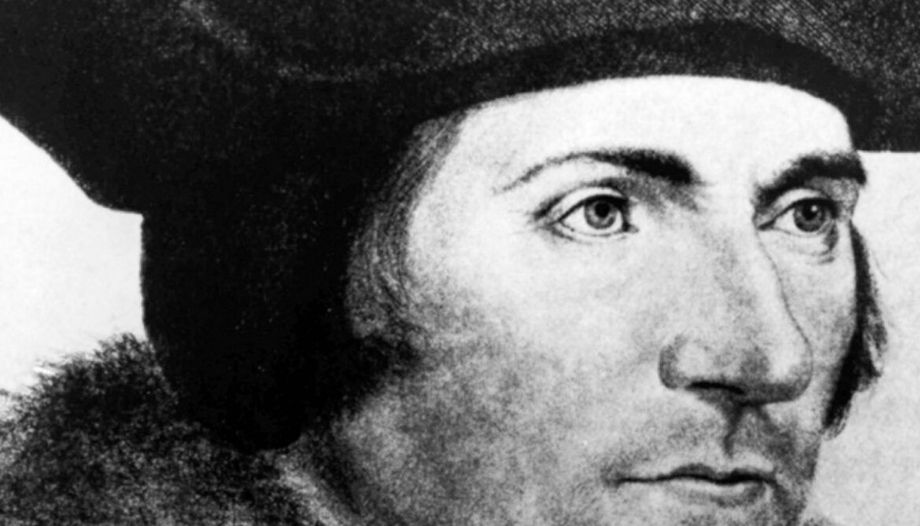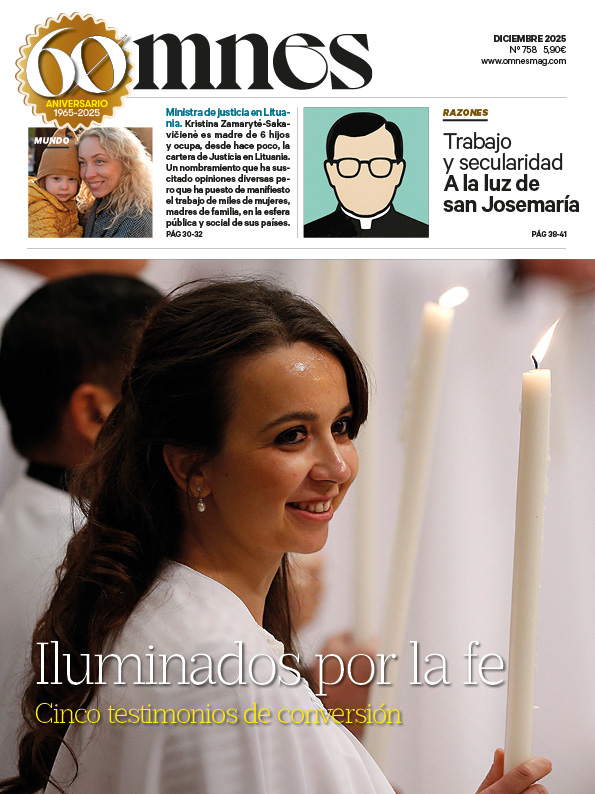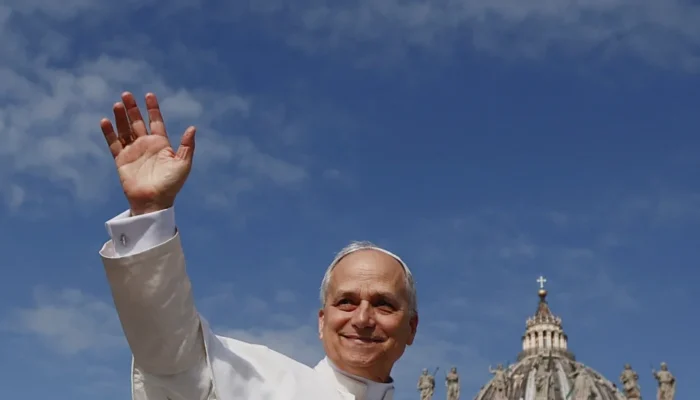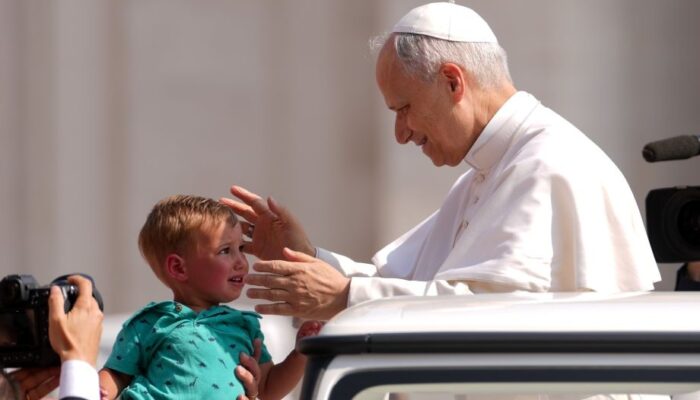- Simon Caldwell, Liverpool (England), OSV News.
The Church of England is studying plans to exhume, enshrine and place for veneration the skull of St. Thomas More, patron saint of rulers and politicians. The desire is to arrive in time for the 500th anniversary of his martyrdom in 1535.
Years after his beheading, the saint's head was buried in a vault with the body of his daughter, Margaret Roper, in the Anglican church of Dunstan (Canterbury, southeast England).
The parish church council, or PCC, has announced that it wants to exhume the skull so that it can be venerated by pilgrims.
Preserving what remains of the relic
A statement read to parishioners on July 6, the date of St. Thomas More's martyrdom, specified that the objective would be to exhume and preserve the relics. "What the PCC has agreed, subject to all the correct permissions being granted, is to exhume and conserve what remains of the relic. This will take several years to dry out and stabilize."
Where to place it
"We could put it back in the vault, maybe in a reliquary of some kind. Or we could place the reliquary in some kind of shrine or stone pillar carved above the floor in Roper's chapel. That's what many of our visitors have asked for," the release said. "We would really appreciate your ideas and thoughts."
According to 'The Times', the London-based newspaper that broke the story, the church will seek to raise 50,000 pounds, or $67,300, to fund the conservation project. The goal would be to create a sanctuary by 2035.
Among the first steps is obtaining permission from a commissioners court in Canterbury, which issues decisions on church buildings and grounds, according to The Times.
Thomas More and John Fisher did not take the oath of office
Thomas More was a lawyer who became one of Europe's most admired statesmen, gaining international recognition for 'Utopia', his satirical work on a perfect state.
He was appointed lord chancellor of England by King Henry VIII in 1529, but resigned in 1532 in opposition to the king's reforms of the Catholic Church in England.
He further angered the king by refusing to attend the coronation of Anne Boleyn. This was the mistress Henry had married after Pope Clement VII refused to annul his marriage to Catherine of Aragon. The decision led Henry to lead the church into schism.
Thomas More was interned in the Tower of London after he and St. John Fisher, Bishop of Rochester, refused to take the oath attached to the 1534 Act of Succession to the Crown. This oath recognized the offspring of Henry and Anne to be rightful heirs to the English throne.
Convicted of high treason
More was sentenced to death for high treason at a trial at Westminster Hall in London. He was to be hanged, drawn and quartered, a slow and painful death involving disembowelment.
Henry commuted the sentence to beheading. And on the day of execution on Tower Hill, London, he asked More to keep his last letter.
St. Thomas More famously claimed that he died "in faith and for faith," and that he was always a good servant of the king, but first of God.
The body of the future saint was buried under the altar of the church of St. Peter in chains in the Tower of London, where it remains. The Chapel Royal of San Pedro ad Vincula ('St. Peter in Chains') is the former parish church of the Tower of London.
Head on a spike on London Bridge
They boiled his head, which was placed on a spike on London Bridge, replacing the head of the Bishop John Fisherbeheaded fifteen days earlier, on June 22.
More's daughter Margaret, whom he affectionately called 'Meg', rescued the head and embalmed it. She was buried with her father's head after his death in 1544. The head was moved along with his remains when they were transferred to the Roper family crypt more than 30 years later.
Pope Pius XI declared Moro and Fisher martyrs in 1935. In 2000, St. John Paul II declared St. Thomas More "heavenly patron saint of rulers and politicians".
In a 1991 speech, St. Thomas More was described by Cardinal Joseph Ratzinger, the future Pope Benedict XVI, as "Britain's other great witness of conscience." In addition to St. John Henry Newman.
Perfect example of a public servant
June, the Pope encouraged politicians to draw inspiration from St. Thomas More as the an example perfect of a public official.
The American-born Pontiff said, during the Jubilee of rulers, that "he was a man faithful to his civic responsibilities. A perfect servant of the State precisely because of his faith. This led him to see politics not as a profession, but as a mission for the spread of truth and goodness."
Pope Leo XIV stressed "the courage he showed by his willingness to sacrifice his life rather than betray the truth." "This makes him, also for us today, a martyr for freedom and for the primacy of conscience."
Simon Caldwell writes for OSV News from Liverpool, England.
This information is a translation of the original from OSV News, which you may consult here.







